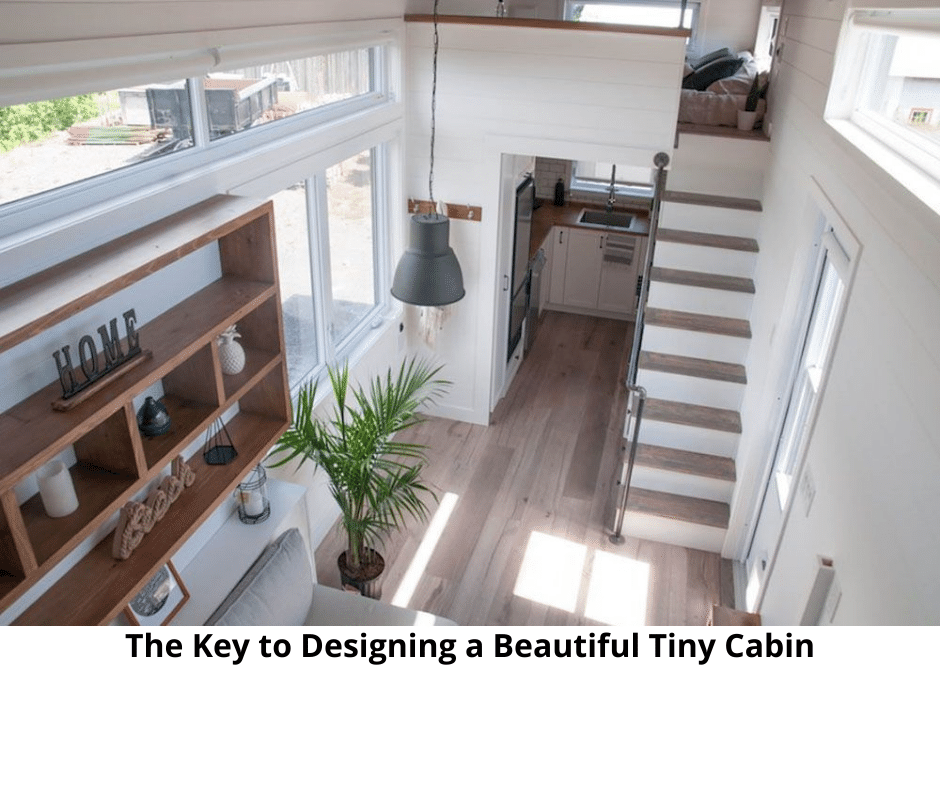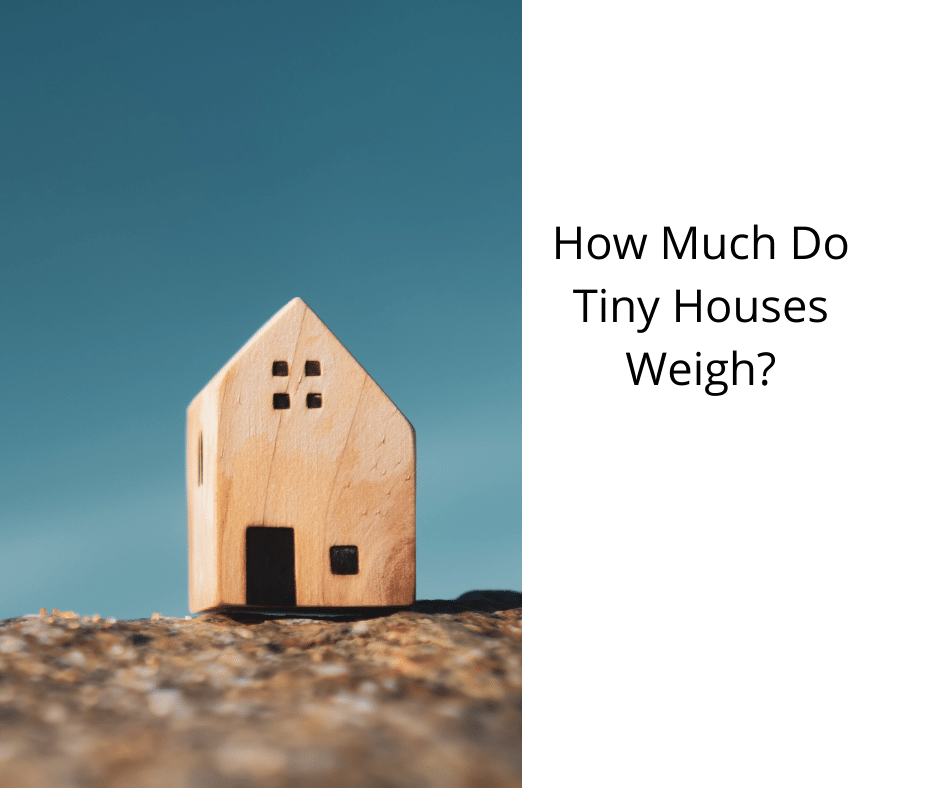Tiny House Foundations And Design With Bill
The minimalist lifestyle, represented by the tiny house movement, has been increasingly popular as people strive to simplify their lives and reduce their environmental footprint. However, building a tiny house presents unique challenges, especially when it comes to the foundation. The foundation is a crucial component of any construction endeavor, but it is especially important for a tiny home as it supports the entire structure.
In this article, we will delve into the world of tiny house foundations and design with Bill, a structural engineer with vast experience in designing tiny homes on wheels and permanent foundation options. Bill’s expertise in tiny house foundations and design is invaluable in ensuring that your tiny home is safe, secure, and functional.
In this article, we will explore the various types of foundations that are available for tiny homes, including permanent and mobile options. We will also examine the different materials required for various climates and the importance of tie-downs for safety. Additionally, we will discuss the importance of working with knowledgeable professionals to ensure that your tiny home meets all necessary safety requirements.
By the end of this article, you will have a comprehensive understanding of the importance of proper foundation design and how to work with experts like Bill to achieve your dream tiny home.
Key Takeaways
- Different climates require different materials for tiny house foundations, and it’s important to work with a knowledgeable professional to ensure safety requirements are met.
- Tie downs are crucial for securing tiny homes and preventing accidents.
- Tiny homes are typically no more than 400 square feet and built on a vehicle chassis, but they are not like RVs and require unique design considerations.
- Bill Taha, a structural engineer and founder of PSE Consulting Engineers, Inc., has extensive experience in designing tiny homes and can offer cost-effective solutions for building sturdy foundations.
Types of Foundations
Various types of foundations for tiny homes are discussed by Bill, a structural engineer with experience in designing both modular tiny homes on wheels and permanent foundation options. Depending on the climate, different materials may be required to ensure the foundation is sturdy and long-lasting. Bill suggests cost-effective solutions for constructing foundations, such as using local materials that are readily available and affordable.
Tie downs are essential for securing tiny homes to their foundations and preventing accidents caused by high winds, earthquakes, or other natural disasters. Building departments may require engineering documentation to ensure that the foundation meets safety standards and regulations. Therefore, it is crucial to work with a knowledgeable professional in the field to ensure that your tiny home meets all necessary safety requirements and is built to last.
Climate Considerations
Climatic factors significantly influence the choice of suitable materials for the foundation of a modular or permanent tiny home, as revealed by Bill, a seasoned structural engineer with expertise in the field. Interestingly, research shows that about 70% of tiny homes are built on a trailer chassis, making mobility a crucial factor in their design. When building a tiny home foundation, it is essential to consider the climate of the area where the home will be placed. Different materials work better in different climates, and selecting the right material can save on costs and prevent potential damage in the future.
Bill suggests that some cost-effective options for foundation materials include concrete blocks, gravel, and pier foundations. Concrete blocks are a great option for a permanent foundation, while gravel and pier foundations work well for portable tiny homes. Additionally, tie downs are critical for securing tiny homes in place and ensuring their safety during transportation. It is also important to work with a knowledgeable professional in the field to ensure that your tiny home meets necessary safety requirements and building codes.
| Climate | Materials Selection |
|---|---|
| Cold | Concrete blocks, Insulated concrete forms |
| Hot and Dry | Stone, Adobe, Rammed Earth |
| Wet and Humid | Piers, Concrete blocks, Gravel |
| Windy | Piers, Deep Foundations, Ground Anchors |
| Seismic | Reinforced concrete, Steel frames, Masonry walls |
Working with Professionals
Collaborating with knowledgeable professionals in the field is crucial for ensuring that safety requirements and building codes are met when constructing a tiny home foundation. Building departments may request engineering documentation to ensure that the foundation is structurally sound and meets necessary safety requirements.
Working with professionals who have experience in designing tiny home foundations can provide cost-effective solutions and minimize the risk of costly mistakes. When seeking a professional to work with, it’s essential to do your research and find someone who has experience in designing tiny home foundations. Look for architects or engineers who have worked on similar projects and have a portfolio that demonstrates their expertise.
It’s also important to communicate your needs and budgetary constraints clearly to ensure that the final product meets your expectations. By collaborating with professionals, you can ensure that your tiny home foundation is safe, structurally sound, and compliant with building codes and regulations.
Frequently Asked Questions
What are some common challenges that arise during the design and construction of tiny house foundations?
Designing and constructing tiny house foundations can be a challenging process, especially when considering the unique requirements of this type of dwelling.
Foundation materials must be carefully chosen to ensure stability and durability, while also being cost-effective.
Site preparation is also crucial, as the foundation must be able to withstand the weight and movement of the tiny home.
Common challenges include ensuring proper insulation and ventilation, as well as meeting building codes and obtaining necessary permits.
Despite these challenges, innovative and creative solutions are emerging, such as using recycled or repurposed materials for the foundation.
Ultimately, working with a knowledgeable professional like Bill can help navigate these challenges and ensure a safe and sturdy foundation for a tiny home.
How do zoning and building codes vary for tiny homes in different states or regions?
Zoning challenges and state regulations for tiny homes vary widely across the United States. Some states have no specific regulations for tiny homes, while others have strict rules and requirements that must be met.
Zoning laws can also be a challenge as many areas do not allow for permanent residences to be under a certain size. Some states have implemented special zoning laws for tiny homes, such as allowing them to be placed in backyards as accessory dwelling units.
It’s important for those interested in building a tiny home to research and understand the regulations in their specific area before beginning the design and construction process. Working with a knowledgeable professional can also help navigate any zoning or building code challenges that may arise.
What are some creative and cost-effective ways to customize a tiny home foundation for individual needs and preferences?
When it comes to customizing a tiny home foundation, there are numerous budget-friendly solutions available. One option is to use recycled materials, such as old tires or shipping containers, to create a sturdy and eco-friendly foundation.
Another creative idea is to incorporate a raised platform design, which allows for additional storage space underneath the home. Additionally, incorporating a crawl space or basement underneath the tiny home can provide extra living space or storage.
It’s important to work with a knowledgeable professional to ensure that any customization options meet necessary safety requirements and building codes. By thinking outside the box and utilizing cost-effective solutions, individuals can create a unique and personalized foundation for their tiny home.
How can tiny home owners maintain the structural integrity and safety of their foundation over time?
Maintaining the structural integrity and safety of a tiny home foundation over time requires careful attention to maintenance tips and the use of appropriate foundation materials.
Regular inspections of the foundation and its components, such as the tie downs and piers, can help identify any potential issues early on and prevent further damage.
It’s important to choose materials that are appropriate for the specific climate and soil conditions in which the tiny home is located.
For example, in areas with high moisture or seismic activity, reinforced concrete may be the best choice for the foundation.
Additionally, incorporating features such as drainage systems and moisture barriers can help prevent moisture damage and prolong the lifespan of the foundation.
By taking these steps and working with a knowledgeable professional, tiny home owners can ensure their foundation remains stable and safe for years to come.
What are some potential legal or financial risks associated with building a tiny home on a permanent foundation, and how can these be mitigated?
When considering building a tiny home on a permanent foundation, there are potential legal and financial risks that should be taken into consideration.
One potential risk is the lack of insurance coverage for tiny homes, as they may not meet the requirements of traditional homeowner’s insurance policies. It is important to research and find insurance providers who specialize in covering tiny homes.
Another potential risk is the difficulty in obtaining financing options, as traditional lenders may not be familiar with the unique nature of tiny homes. It is important to find lenders who specialize in providing financing for tiny homes.
By mitigating these risks through proper research and finding specialized providers, the process of building a tiny home on a permanent foundation can become a more feasible and secure option.
Conclusion
In conclusion, the world of tiny house foundations and design offers a plethora of options for those looking to downsize and simplify their lives. From permanent foundations to wheels, the choice of foundation is dependent on the type of climate and environmental factors surrounding the tiny home. It is important to work with knowledgeable professionals to ensure the safety of the tiny home, as tie downs are crucial for stability.
As the tiny house movement continues to grow, it is imperative to consider the impact of design and foundations on our environment and communities. By carefully planning and designing our tiny homes, we can not only create a sustainable and eco-friendly dwelling, but also contribute to a more conscious and intentional way of living.
With the guidance of experts like Bill, we can create tiny homes that not only meet safety requirements, but also reflect our unique personalities and values.
Hi, I’m Emma. I’m the Editor in Chief of Tiny House 43, a blog all about tiny houses. While tree houses are often associated with childhood, they can be the perfect adult retreat. They offer a cozy space to relax and unwind, surrounded by nature. And since they’re typically built on stilts or raised platforms, they offer stunning views that traditional homes simply can’t match. If you’re looking for a unique and romantic getaway, a tree house tiny house might just be the perfect option.










